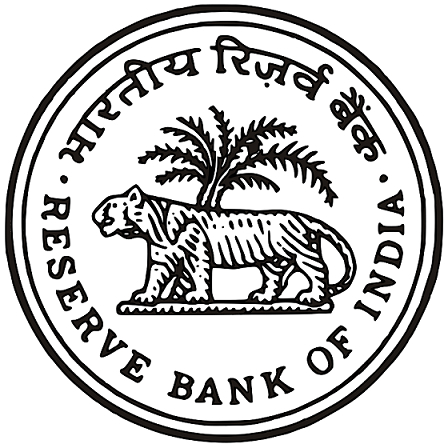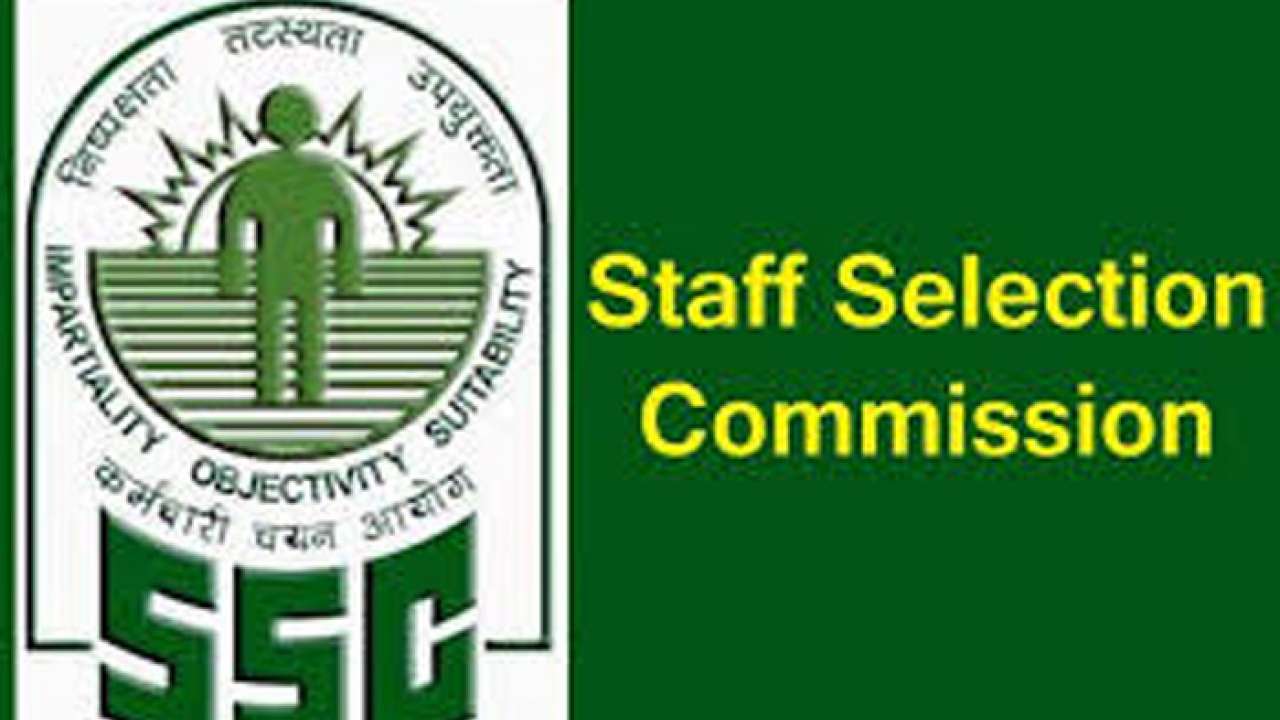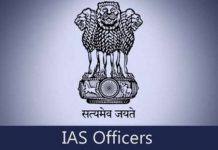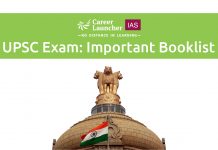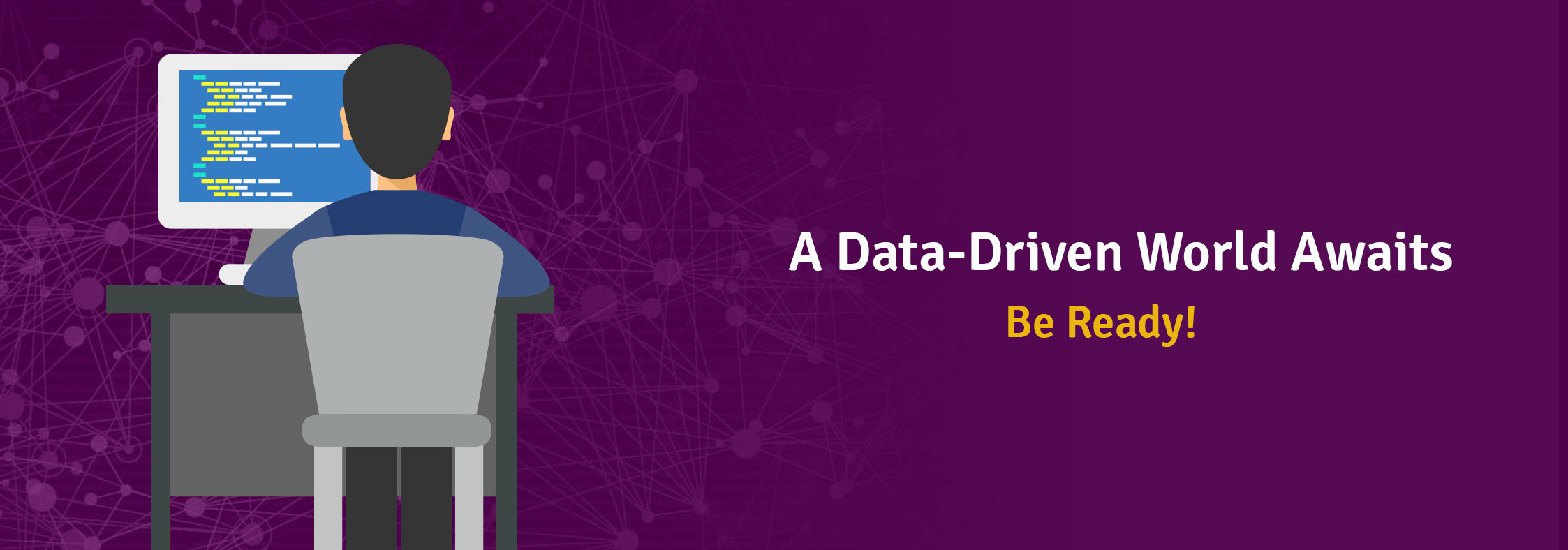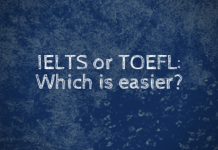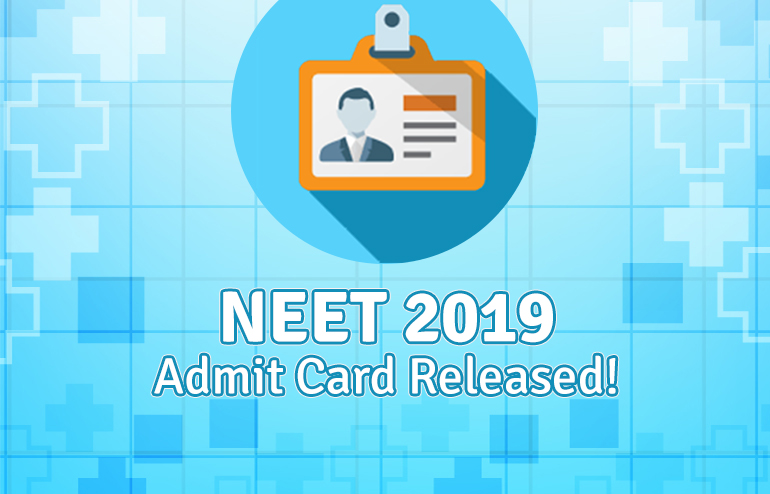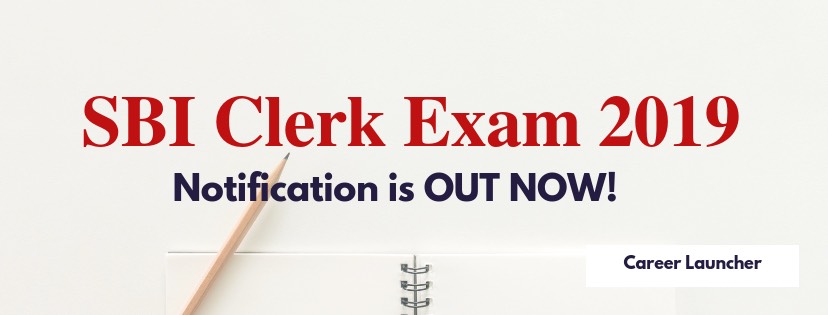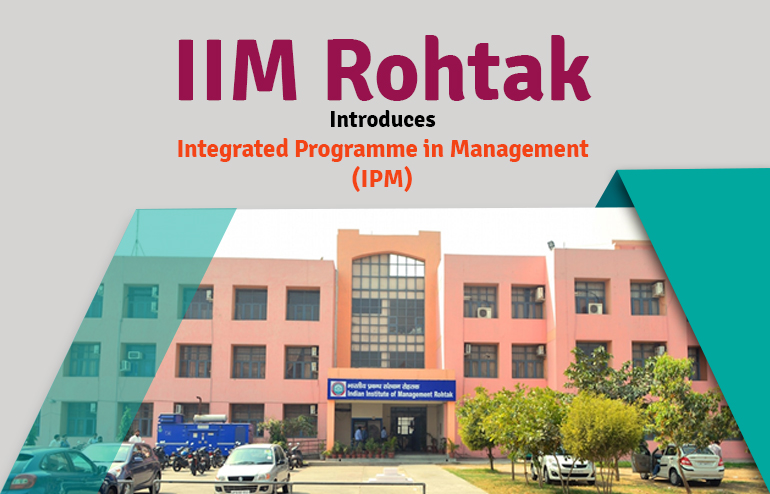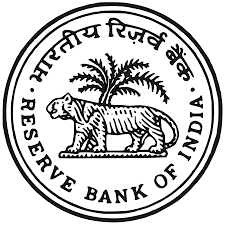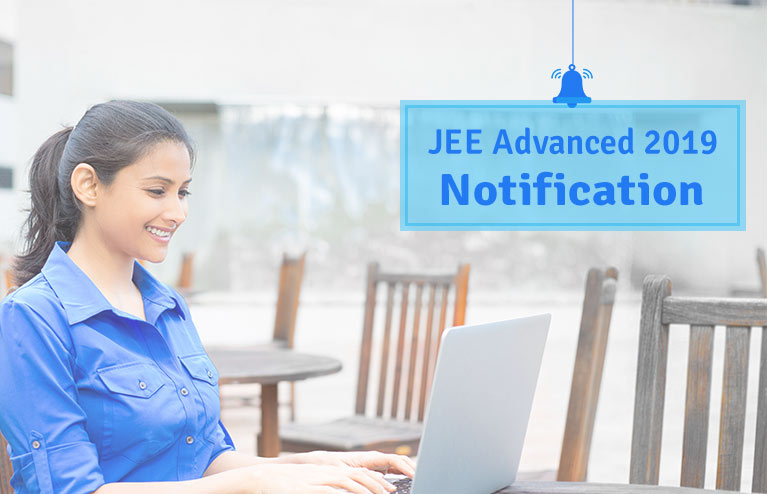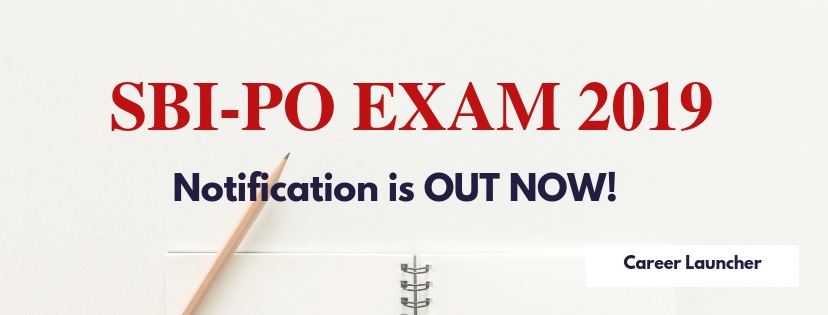The NEET 2019 Admit Cards are out. Candidates can access them on the official NTA website here. The NEET 2019 exam is scheduled on 5th May 2019. Candidates have to enter their Application Number and password to download their NEET 2019 Admit Cards. In case they do not remember their password, they have the option to use their Date of Birth instead.
The NTA has asked candidates to send an email to neetug-nta@gov.in in case they have any issues while downloading their NEET 2019 Admit Cards. This is very important as there is not much time left for the exam. Moreover, NTA has stressed on the fact that no NEET 2019 Admit Cards are going to be sent by post.
NEET 2019: Exam Details
NEET 2019 is an entrance exam for students aiming to pursue an undergraduate medical degree. The score for this exam is valid for 3 years. It is a pen & paper test which consists of 180 MCQ’s to be solved in a duration of 3 hours. The results of the NEET 2019 exam will be out by June 5th, 2019 as per the official NTA notification.
NEET 2019: Exam Pattern
| Subject | Number of Questions | Marks |
| Physics | 45 | 45*4=180 |
| Chemistry | 45 | 45*4=180 |
| Zoology | 45 | 45*4=180 |
| Botany | 45 | 45*4=180 |
NEET 2019: Marking Scheme
- The paper is for total marks of 720.
- 4 marks are awarded for every correct answer.
- 1 mark is deducted for a wrong answer.
- No marks are reduced for unattempted questions.
NEET 2019: Exam day Tips
- Ensure you get a good night’s sleep and healthy breakfast. They are the most important steps to take in order to be at your best while giving the exam.
- Arrange and pack all the things you require for the exam-Your NEET 2019 Admit card, ID card & Stationary.
- Check out the location of your exam centre well in advance. Aim to reach at least an hour before you are required to be at the exam centre.
- Do not carry any prohibited items to the exam hall. This includes your mobile, calculator, revision notes or any other study material.
- At the start of the paper, read the instructions carefully.
- Stick to your strategy. There might be slight hiccups like a difficult section or a continuous sequence of questions that you do not know. That is okay. If you have planned a particular strategy, adhere to it. It improves your efficiency and focus. You will not waste time thinking of what to do next.
Students can read an article on preparation strategy for NEET 2019 here. This article, written by our academic expert, covers everything a NEET aspirant should do, in the final month before the exam. Career Launcher also offers students FREE mock tests & chapter tests on the platform- aspiration.ai. Please write to us below in the comments in case of any queries or clarification.
We wish you the very best!











